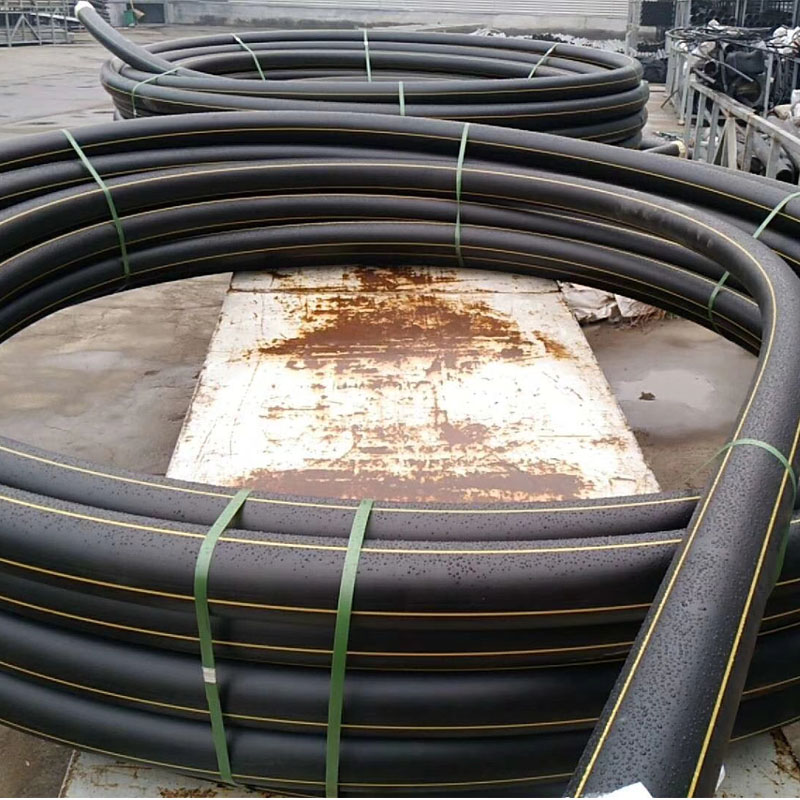Sep . 14, 2024 11:46 Back to list
ppr pipe for hot water supply service
PPR Pipes for Hot Water Supply Services
In the realm of plumbing and piping systems, the choice of materials is critical, especially when it comes to applications involving hot water supply. Among the various options available, Polypropylene Random Copolymer (PPR) pipes have gained significant popularity due to their impressive thermal and mechanical properties. This article delves into the benefits, applications, and considerations of using PPR pipes in hot water supply services.
Benefits of PPR Pipes
One of the standout features of PPR pipes is their ability to withstand high temperatures. With a maximum operating temperature of around 95°C (203°F), these pipes are well-suited for hot water applications, including residential and commercial plumbing systems. The thermal stability of PPR ensures minimal expansion and contraction, which can lead to leaks or breaks in other types of piping materials.
Moreover, PPR pipes are highly resistant to corrosion and scaling. Unlike metal pipes, which can corrode over time when exposed to hot water, PPR pipes maintain their integrity, resulting in a longer lifespan. This durability not only reduces maintenance costs but also enhances the overall efficiency of the plumbing system.
Another advantage of PPR pipes is their lightweight nature. This ease of handling translates into quicker installation processes, saving both time and labor costs. Furthermore, PPR's flexibility allows it to be easily routed around obstacles during installation, adding to its practicality in complex layouts.
Applications of PPR Pipes
ppr pipe for hot water supply service

PPR pipes are extensively utilized in various hot water supply applications. They are ideal for residential water supply systems, including showers, taps, and underfloor heating. Additionally, these pipes are increasingly employed in commercial plumbing systems, such as hotels, schools, and hospitals, where reliable hot water supply is crucial.
The versatility of PPR pipes makes them suitable for not just standard hot water applications but also for solar hot water systems and heating systems. Their resistance to high temperatures and pressure makes them an appealing choice for these applications, contributing to energy efficiency and sustainability.
Considerations
While PPR pipes offer numerous advantages, several factors should be taken into account when selecting them for hot water supply services. It is vital to ensure that the right diameter of the pipe is chosen, as this will influence water flow and pressure. Additionally, proper installation techniques must be employed to avoid issues such as joint failure.
Moreover, while PPR pipes are resistant to many chemicals, care must be taken to avoid exposure to solvents and specific hydrocarbons that could degrade the material.
Conclusion
PPR pipes present an excellent option for hot water supply services, combining durability, thermal stability, and ease of installation. As the demand for reliable and efficient plumbing solutions continues to grow, PPR pipes will increasingly play a crucial role in meeting these needs. By considering their properties and applications, professionals can ensure optimal performance and longevity in their water supply systems.
-
High-Quality PVC Borehole Pipes Durable & Versatile Pipe Solutions
NewsJul.08,2025
-
High-Quality PVC Perforated Pipes for Efficient Drainage Leading Manufacturers & Factories
NewsJul.08,2025
-
High-Quality PVC Borehole Pipes Durable Pipe Solutions by Leading Manufacturer
NewsJul.08,2025
-
High-Quality PVC Borehole Pipes Reliable PVC Pipe Manufacturer Solutions
NewsJul.07,2025
-
High-Quality UPVC Drain Pipes Durable HDPE & Drain Pipe Solutions
NewsJul.07,2025
-
High-Quality Conduit Pipes & HDPE Conduit Fittings Manufacturer Reliable Factory Supply
NewsJul.06,2025

